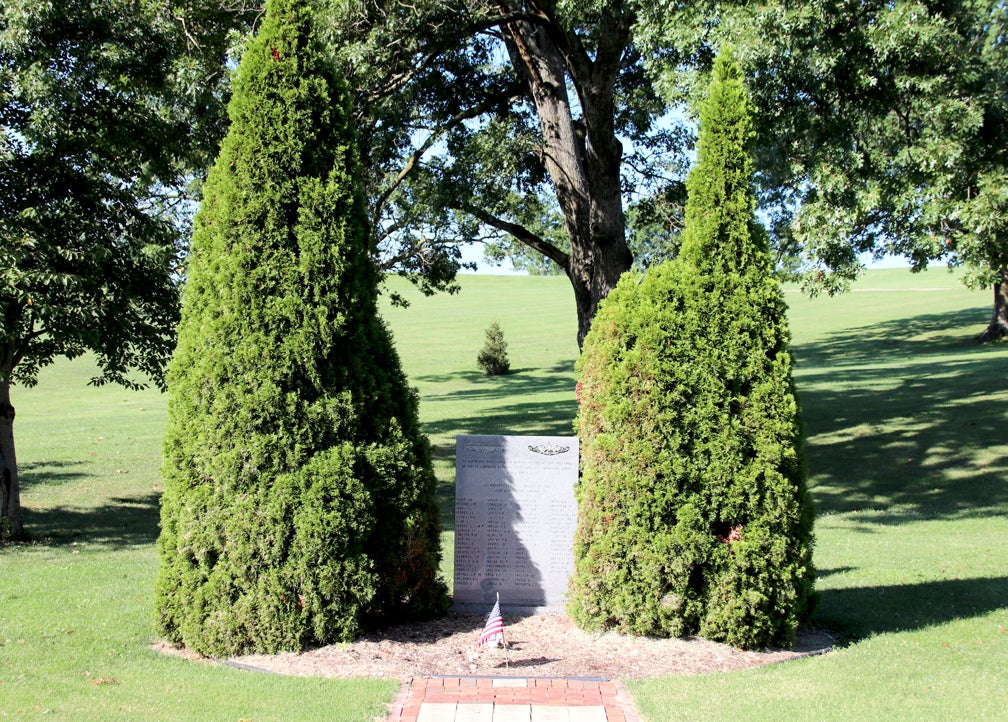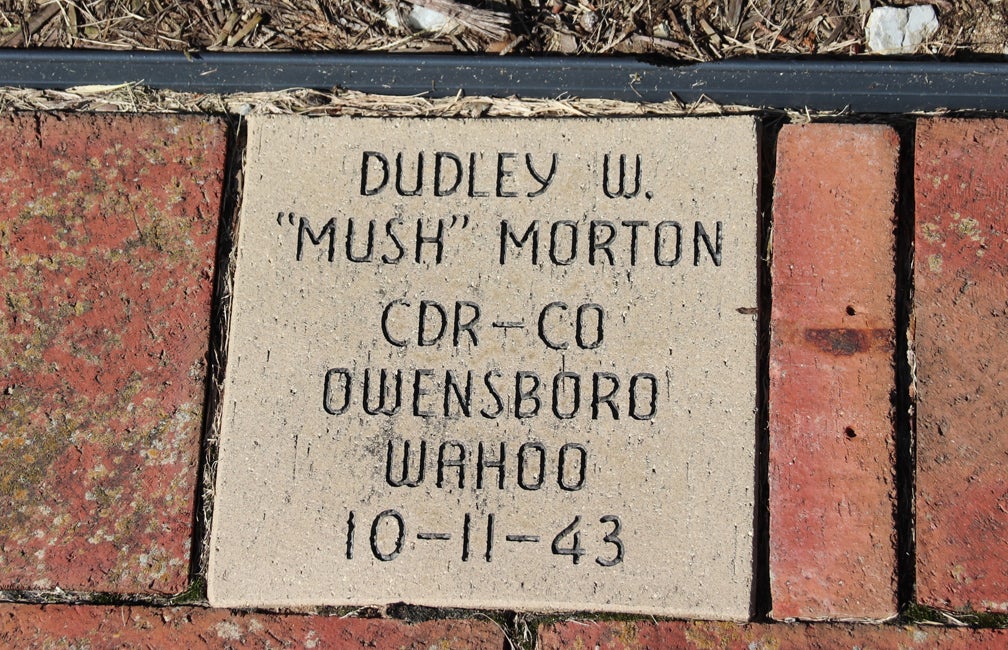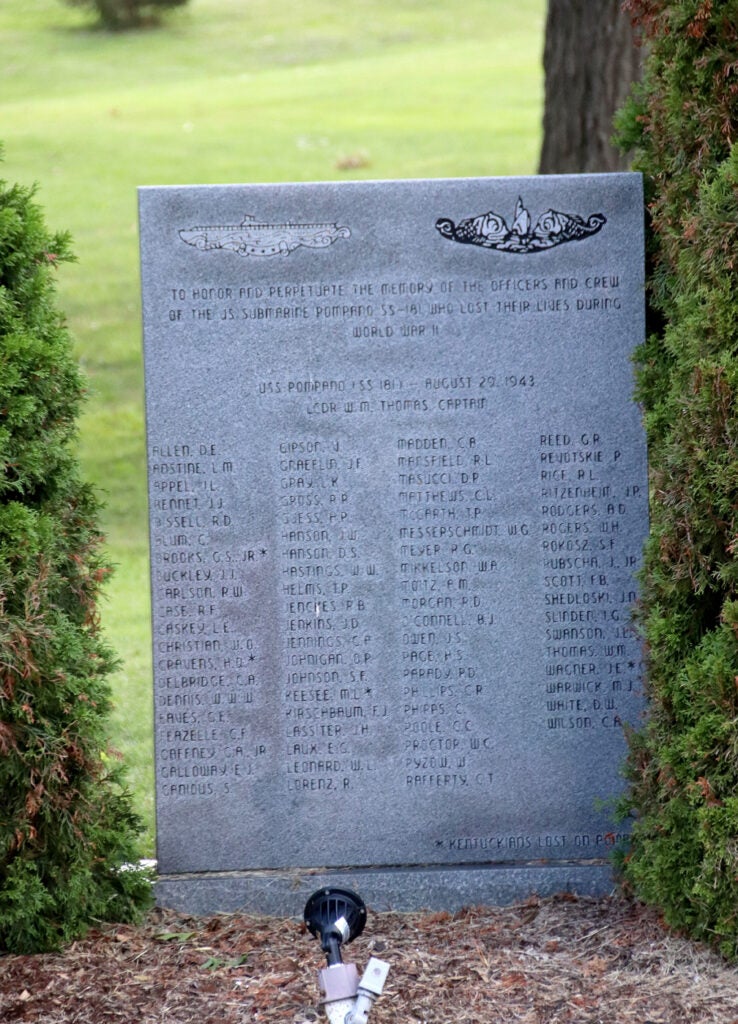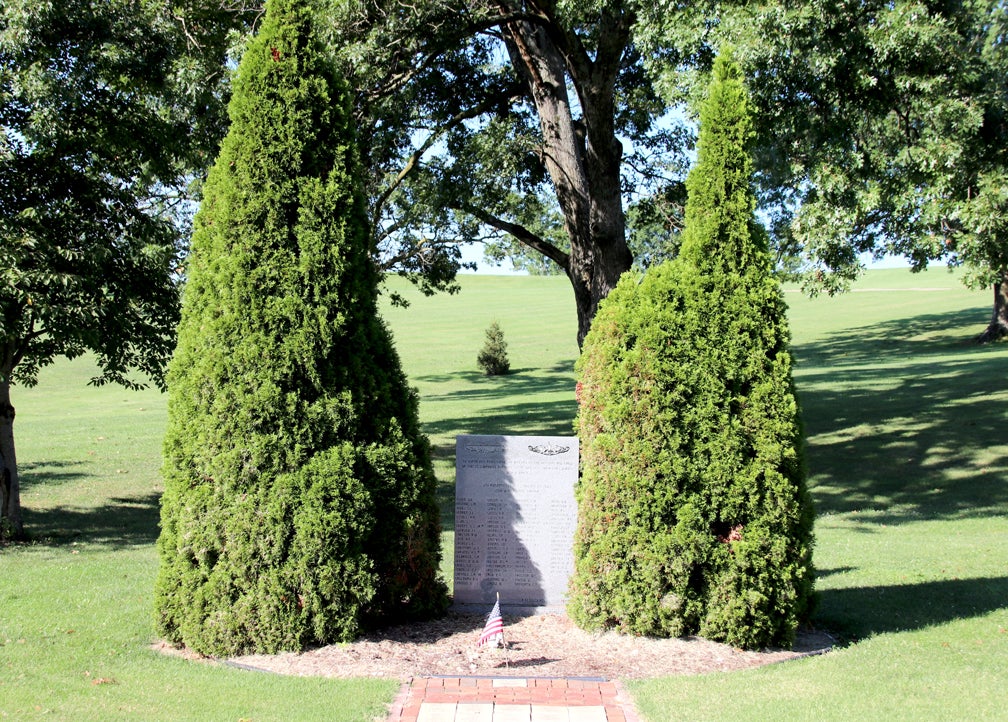By Charles Bogart
During the 46 months the United States was involved in World War II, Dec. 7, 1941, to Sept. 2, 1945, the United States Navy lost 52 submarines to various causes. These causes included enemy action, accidents, navigation hazards, Blue on Blue incidents and malfunctioning torpedoes.
The United States sent its submarine force to war in 1941 with torpedoes that did not work as advertised. They ran deeper than they were supposed to, failed to explode when they hit an enemy ship or exploded before reaching the enemy ship, and occasionally made a circular run sinking the U.S. Navy submarine that fired the torpedo.
If you have ever wondered why every year the U.S. Navy sinks a decommissioned ship in a firepower exercise, it is to ensure the weapons its ships are equipped with work as advertised.
Starting in the 1970s, the United States Submarine Veterans — to ensure that the sacrifice made by the men of the U.S. Navy submarine force during World War II would be remembered — began to erect memorials honoring the 52 lost submarines. The names of the 52 lost submarines were divided among the 50 states, Puerto Rico and Washington, D.C.
A memorial honoring one of these lost boats was erected in each of the states over the next two decades. By the way, submarines are known as boats, not as ships. The submarine assigned to be memorialized in Kentucky was USS Pompano SS-181.
In 2000, a memorial honoring the sacrifice of the men of Pompano was erected at the entrance to Juniper Hill Park. All submarines lost at sea are said to be conducting an eternal patrol.
Pompano was commissioned on June 12, 1937, at Mare Island Naval Yard. On Dec. 7, 1941, she was at sea, bound for Pearl Harbor. Pompano would make seven war patrols, during which she sank seven ships and damaged three.
Sunk were Kotoku Maru, Tokyo Maru, Atsuta Maru, Nanshin Maru, Nankai Maru, Sagara Maru and Akama Maru. She set sail on Aug. 20, 1943, from Midway Island for what would be her last patrol. Her assigned war patrol area was off of the Japanese island of Honshu.
How and when Pompano was lost is unknown, but it is thought that on Aug. 29, 1943, she hit a mine, which was part of a new defensive minefield laid by the Japanese Navy, and sank with the loss of all hands.
The memorial to Pompano sits to the left as one enters Juniper Hill Park. It is flanked by two cedar trees and a brick walkway leads up to it from the roadway. Carved into the top of the memorial are replicas of the Submarine Combat Badge, on the left, and the Submarine Qualification Badge, on the right.
Below these two insignias are the words: “To honor and perpetuate the memory of the officers and crew of the U.S. submarine Pompano SS 181 who lost their lives during World War II.”
Below the text are the names of the 78 men who lost their lives when Pompano sank to the bottom of the Pacific Ocean. Asterisks next to four names designate that these men called Kentucky home.
In front of the memorial, sunk into the ground, is a white stone with the following wording on it: “Dudley W. “Mush” Morton, CDR – CO, Owensboro, Wahoo, 10-11-43.” A translation of this stone reads as follows: Commander Dudley W. “Mush” Morton, of Owensboro, Kentucky, was Commanding Officer of USS Wahoo SS-238 when it was lost in a bombing attack by a Japanese aircraft on Aug. 11, 1943, while operating in the Sea of Japan.
From January 1943 to September 1943, Commander Morton took Wahoo to sea for five war patrols, during which he sank 17 Japanese ships. At the end of World War II, Commander Morton and Wahoo could claim the U.S. Navy’s third-highest score for sinking Japanese ships.
Other bricks in the walkway leading up to the memorial contain the names of other Kentucky submariners who gave their all during World War II and today sail on eternal patrol.
Frankfort Parks, Recreation and Historical Sites is proud to be the day-to-day caretaker of the USS Pompano Memorial.













